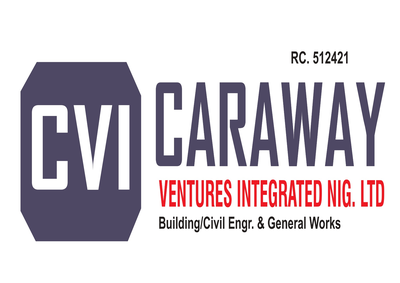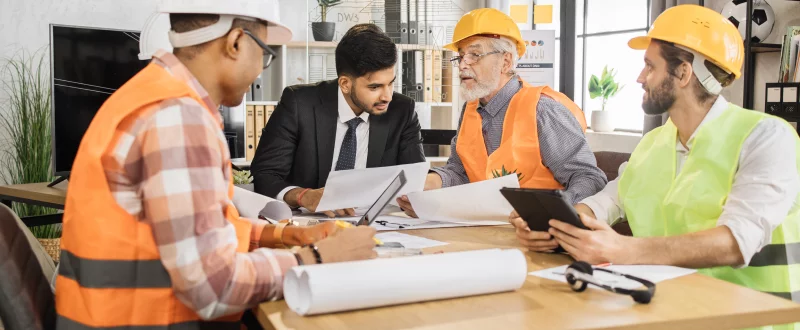
The construction industry is undergoing a technological revolution, making projects faster, safer, and more efficient. Innovations like AI, robotics, 3D printing, and smart materials are reshaping how buildings are designed, planned, and built.
In this article, we explore how technology is transforming construction, driving progress, and redefining efficiency.
1. Building Information Modeling (BIM)
BIM is revolutionizing construction planning and execution by providing detailed 3D models that integrate real-time data.
How BIM Improves Construction:
Better Collaboration – Teams can access a shared digital model, reducing miscommunication.
Faster Decision-Making – Real-time simulations help detect design flaws before construction begins.
Cost Savings – Reduces material waste by optimizing planning.
BIM ensures that projects run smoothly, stay within budget, and avoid costly errors.
2. 3D Printing in Construction
3D printing is a game-changer, allowing builders to print entire structures with precision and speed.
Benefits of 3D-Printed Buildings:
Faster Construction – Some structures can be built in 24-48 hours.
Lower Costs – Reduces labor and material expenses.
Eco-Friendly – Uses sustainable materials like recycled concrete.
With 3D printing, homes and offices can be built efficiently, cost-effectively, and with less waste.
3. Artificial Intelligence (AI) & Machine Learning
AI is enhancing decision-making in construction, from project planning to risk assessment.
How AI Helps Construction:
Predictive Analytics – AI predicts delays and suggests solutions before problems arise.
Automated Project Management – AI schedules tasks, improving efficiency.
Safety Monitoring – AI-powered cameras detect unsafe practices, preventing accidents.
AI reduces risks, improves productivity, and ensures safety compliance on construction sites.
4. Robotics & Automation
Construction robots are making heavy labor easier, safer, and faster.
Types of Robotics in Construction:
Bricklaying Robots – Lay thousands of bricks per day with precision.
Demolition Robots – Handle hazardous demolition tasks, reducing worker injuries.
Drones – Conduct aerial site surveys, providing real-time progress updates.
Robotics minimize human error, speed up projects, and improve overall safety.
5. Smart Materials & Self-Healing Concrete
New intelligent materials are improving durability and energy efficiency.
Notable Smart Construction Materials:
Self-Healing Concrete – Repairs cracks using bacteria that produce limestone.
Solar-Powered Glass – Converts sunlight into energy-efficient lighting.
Fire-Resistant Insulation – Increases safety in high-risk buildings.
These materials reduce maintenance costs and improve long-term sustainability.
6. Virtual & Augmented Reality (VR & AR)
VR and AR are enhancing visualization and training in construction.
How VR & AR Help Construction:
Virtual Site Walkthroughs – Clients and builders can experience designs before construction begins.
AR-Assisted Construction – Workers use AR glasses for real-time blueprint overlays.
Enhanced Training – VR simulations provide hands-on safety training without real-world risks.
This technology improves accuracy, reduces rework, and boosts training efficiency.
7. The Rise of Modular & Prefabricated Construction
Prefabrication and modular construction are revolutionizing how buildings are assembled off-site and delivered ready-to-install.
Why Modular Construction is Growing:
Faster Build Times – Projects can be completed 50% quicker than traditional methods.
Cost-Effective – Reduces labor and material waste.
Eco-Friendly – Prefabrication minimizes on-site disruptions and carbon footprint.
By adopting modular building techniques, developers increase efficiency and reduce costs.
Technology is reshaping the construction industry, making it more efficient, cost-effective, and sustainable. With AI, robotics, 3D printing, and smart materials, the future of construction is smarter, safer, and faster.
The companies that embrace these innovations today will lead the industry tomorrow. Are you ready for the future of construction?





